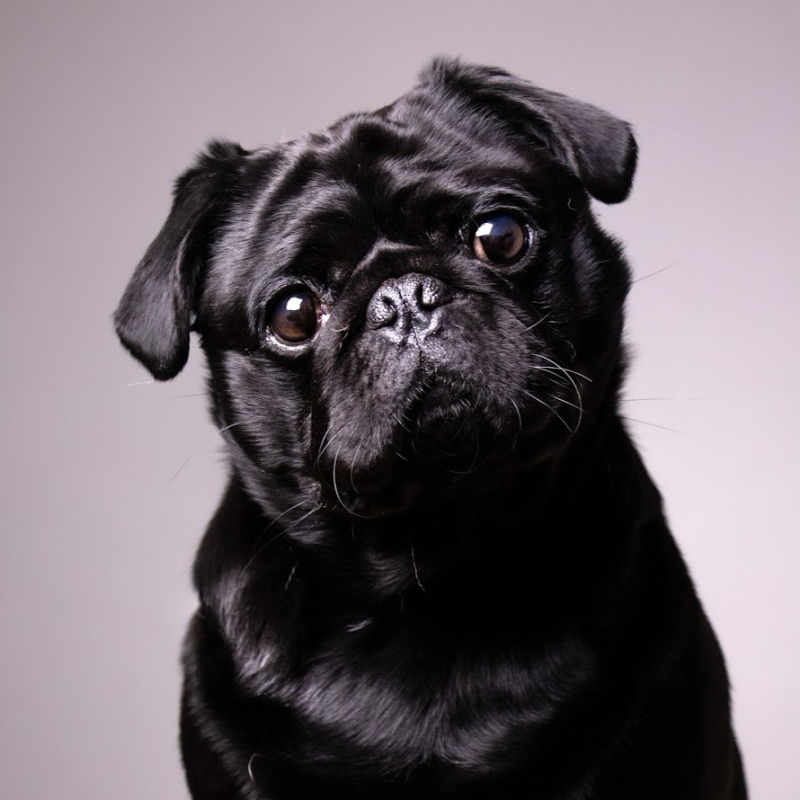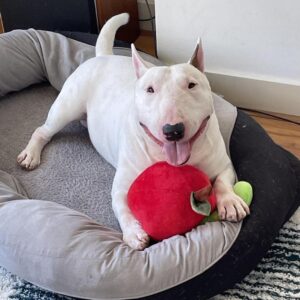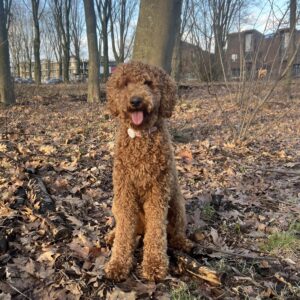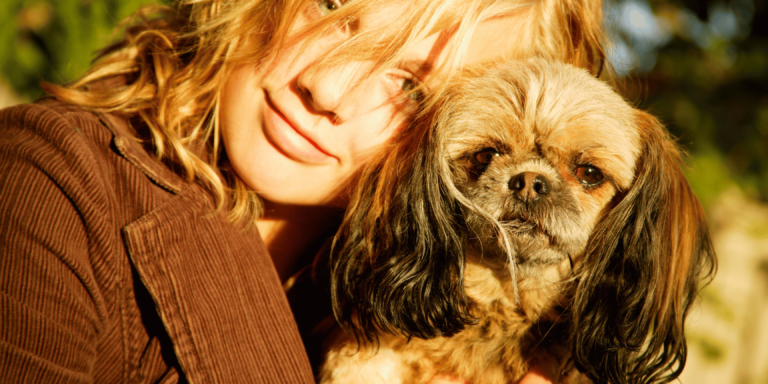What Are Pugs?
Pugs, often simply referred to as Pugs, are a small to medium-sized dog breed known for their characteristic round face, large expressive eyes, and charming wrinkled muzzle. This breed has a long history that dates back to ancient China, where they were originally bred to be lapdogs for royal families.
Pugs are known for their friendly and sociable nature. They are considered excellent family dogs as they are very affectionate and get along well with children and other pets. Despite their small size, they have a robust and muscular build, coupled with a short, smooth coat that can come in colors like fawn, black, silver, and apricot.
A distinctive feature of Pugs is their tendency toward health issues, particularly related to their breathing and eyes due to their flat facial structure. Potential owners should be aware of this and ensure they purchase from responsible breeders who prioritize the health of their animals.
What Is Known About Pugs
The Pug originated in ancient China, where it was bred over 2000 years ago as a lapdog for the imperial families. The breed was later introduced to Europe by the Dutch and quickly gained popularity in royal and noble circles, especially in the House of Orange and later in the English monarchy under Queen Victoria.
Pugs are known for their distinctive, compact, and square profile. They have a short, glossy coat that comes in colors like black, fawn, silver, and apricot. Their most notable features are the round face, large dark eyes, and deep wrinkles around the nose and face. They also have a distinctive curled tail.
Pugs are known for their sociable and friendly nature. They are extremely affectionate and loyal to their owners and are considered excellent family dogs. They get along well with children and other pets and are known for their playful yet patient demeanor. Their gentle and sometimes clownish behavior makes them a popular pet for many people.
The health of Pugs can be challenging, mainly due to their brachycephalic (short-snouted) facial structure. This can lead to breathing issues, heat intolerance, and sleep apnea. They are also prone to eye problems due to their protruding eyes. It is important to purchase Pugs from breeders who prioritize the health and well-being of the animals.
The life expectancy of a Pug is generally between 12 and 15 years. Proper care, a healthy diet, and regular veterinary check-ups can help ensure that a Pug leads a long and healthy life. It is important to avoid overheating and excessive physical exertion to maintain the quality of life for these lovable dogs.
Living with a Pug
Here’s what other dog owners are saying
Pugs are a charming dog breed, known for their distinctive appearance and lovable character. These adorable dogs are particularly notable for their round face and large, expressive eyes. As part of our Petbnb Community, we asked many Pug owners to provide authentic insights into life with these wonderful dogs. Learn more about their unique traits, care needs, and why they are so popular!

The Benefits of Pugs
Pugs are an ideal choice for apartment dwellers due to their compact size and low exercise needs. These friendly and sociable dogs easily adapt to various living conditions and form strong bonds with their families. They require only moderate exercise, making them especially attractive to less active owners. Additionally, Pugs offer plenty of entertainment and joy with their charming and often humorous demeanor. Their robustness and longevity ensure that they can accompany families for many years.
Nice and sociable family dog who loves company.
How Do Pugs Interact with Other Dogs?
Pugs are very easy to handle. I think it’s good to get the dog used to playing with other dogs from a young age. My Pug was bitten by a Bouvier as a puppy, so he is afraid of large, dark dogs. He barks at them a lot.
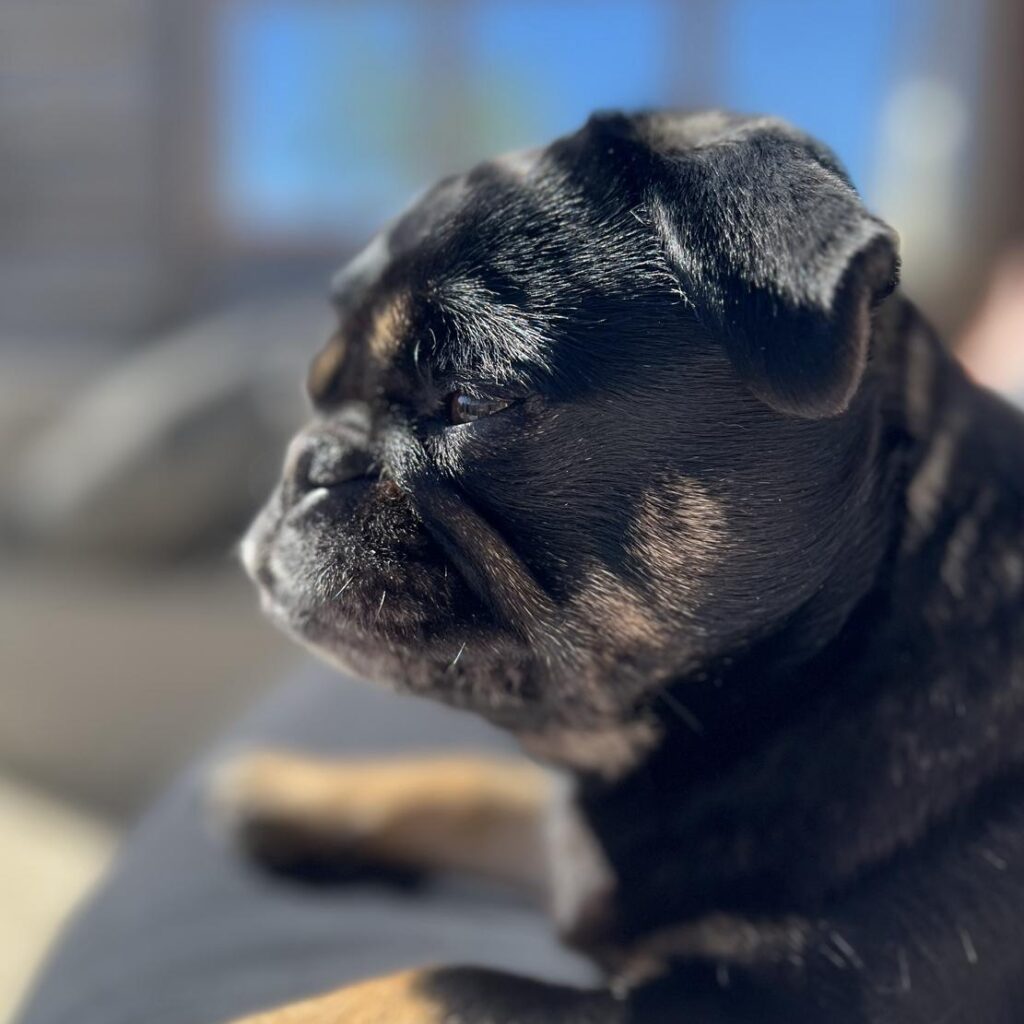
Dealing with Potential Health Issues of Pugs and Ensuring Their Well-being
Pugs are adorable companions, but due to their specific physical characteristics, they can be prone to certain health issues. To ensure your Pug leads a long and healthy life, it's important to be proactive and take certain precautions.
I pay close attention to my dog’s weight. He loves to eat, so I adjust his diet to maintain his weight. This means he gets much less than what is indicated on the packaging. I also go to a good vet and am critical when it comes to administering anesthesia. Due to his short nose, I try to avoid anesthesia as much as possible. Another point is the skin. My dog can react badly to certain foods and then get itchy skin. He always gets grain-free kibble. That works well.
Provide appropriate food, ensure adequate exercise, and regularly clean your dog’s nose.”
What Activities Do Pugs Prefer?
Pugs prefer moderate activities that strengthen their bond with their owners without overwhelming them physically. Short walks in cooler weather are ideal, as Pugs are prone to overheating. Indoors, gentle play with soft toys and brain games for mental stimulation are perfect. These activities keep Pugs both physically and mentally fit and promote a balanced and happy life.
take daily walks with my dogs – I have three of them. A walk does the dog good. I don’t go to the beach anymore because he becomes overactive and can’t stop playing there. That’s not good for him. He also loves fetching balls, but I never let him do it for too long. My Pug doesn’t know when to stop, so I have to put the ball away so he understands that the game is over.
What Training Is Right for Pug Puppies?
For the optimal development of your Pug puppy, some essential training steps are crucial:
Keep training and rules consistent so that your puppy has clear expectations and feels secure.
Reward desired behavior with praise, treats, or toys to reinforce it and build motivation.
Introduce your puppy to different social situations early and in a controlled manner to prevent fear and uncertainty, and to encourage balanced behavior.
Training at a dog school is always good. A Pug is very easy to train because these dogs are very receptive to treats. They’ll do just about anything for food 🙂
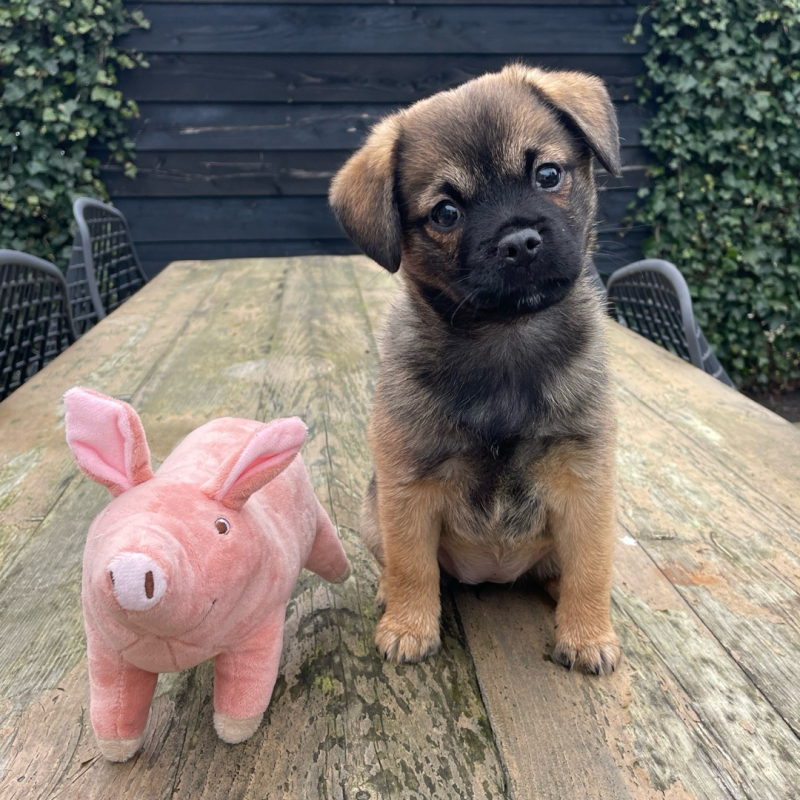
What Costs Are Associated with Owning a Pug?
A Pug is not a cheap dog. They require special vaccinations due to their short noses and, in my opinion, are generally a bit more prone to health issues. The food also needs to be of good quality due to skin issues.
Important Tips Before Buying a Pug
There are various issues you may encounter when owning a Pug that should be considered before purchasing one. Due to their short noses, Pug breeds can often develop breathing problems, leading to special health needs. Additionally, Pug owners require special vaccinations and regular veterinary care, which can incur additional costs. Another issue is that no airline allows Pugs to fly, which can limit travel options for owners. Therefore, it is important to carefully consider all aspects of Pug ownership before deciding on this breed.
The dog needs attention. He wants to sit/lie on your lap and be with you, so he’s not suitable for someone who isn’t home often. Health is also important, so as an owner, you should know what is good for your dog and be mindful of that. The costs are also something to consider. Pugs require special vaccinations and may not be able to be treated at every vet clinic due to their short noses.
Healthy Breeding of Pugs: The Commitment of Clubs in Germany
In Germany, dog clubs are actively committed to promoting the healthy breeding of Pugs. This breed has special needs due to its specific anatomical characteristics, which must be considered to ensure the health and well-being of the animals.
A key aspect of the clubs’ commitment is the establishment of strict breeding standards and guidelines for Pug breeding. These standards set criteria that breeders must adhere to in order to ensure that Pugs are bred under optimal conditions.
In addition, dog clubs offer training and seminars specifically for Pug breeders. These trainings provide important knowledge about health care, nutrition, and grooming of Pugs to ensure that breeders have the necessary knowledge to best care for their animals.
Another important contribution of the clubs is the support of health screenings and tests for Pug breeding dogs. Regular veterinary exams and genetic tests help to identify and minimize potential health issues early on.
Moreover, the clubs engage in public education about the specific characteristics of the Pug breed and the importance of choosing a reputable breeder. They inform prospective dog owners about the specific needs of Pugs and the risks of buying dogs from questionable sources.
Overall, dog clubs make a crucial contribution to promoting healthy Pug breeding in Germany by supporting breeders, raising awareness, and establishing strict standards for breeding practices. Through their efforts, they help to improve the health and well-being of Pugs and to maintain the positive image of this popular breed in the long term.


